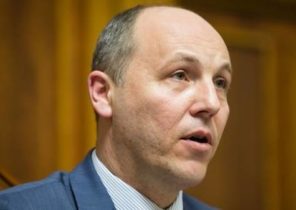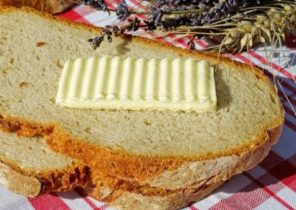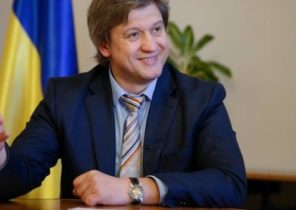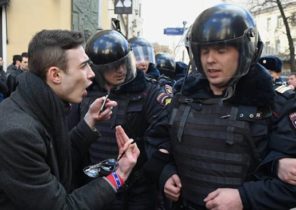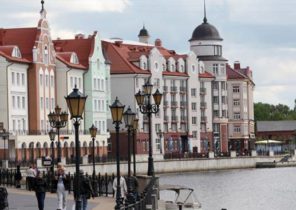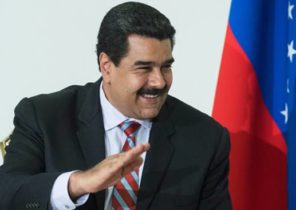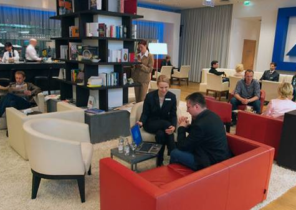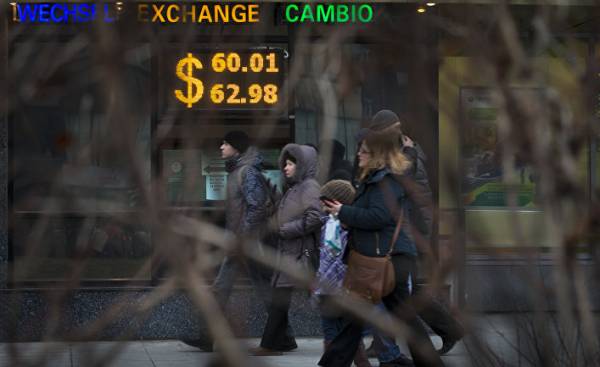
The policy of the government to reduce Russia’s dependence on foreign goods that was invested 375 billion (6.6 billion dollars) will depend on the exchange rate.
A universal solution does not exist, but, according to Minister of industry Denis Manturov, in General, the “optimal” rate for industries that are involved in import substitution, amounts to 62 rubles per dollar, approximately 8% below the current rate. “The strengthening of the Russian currency to 53 to 55 rubles per dollar may result in “freezing” some projects,” the Minister said in an interview in St. Petersburg.
“As industry Minister, I support the weakening of the ruble, but, unfortunately, cannot influence its price, — said the 48-year-old Manturov. We are in constant dialogue with the Central Bank, and he hears us”.
The Bank of Russia is difficult to get to go to the currency weakening: its leaders have warned that they will make concessions and will not abandon the regime of free floating of the ruble, as it helped to mitigate the prolonged recession in this century. Despite repeated verbal attempts to undermine the ruble and the statement of the Russian President in April that the government in finding “market-based mechanisms of influence” on the exchange rate, according to a number of high-ranking officials who were aware of the situation, at the moment of the adoption of any specific measures the weakening of the ruble, however.
Manturov for exchange rate support the competitiveness of Russian business is an important part of the campaign for the domestic production of those goods and services that were previously produced abroad. According to the Minister more than a quarter of the total to 375 billion rubles invested in the projects on import substitution in 2015-2016, provided the government.
“The effect of the devaluation of the Russian industry has not been exhausted,” — said Manturov. At the same time, he said, “the strengthening of the ruble affected the pace of import substitution.”
“Mantra” Putin
The policy of import substitution has become a priority for President Putin in connection with the sanctions that were imposed against the country in 2014 because of the conflict around Ukraine have limited Russia’s access to global markets. Currently, the state statistics service monitors the indicators of how effective is such a policy.
“I was pleased the sanctions, — said Manturov. — Thanks to them we have the motivation to develop their own industries.”
The impetus for the policy of import substitution has increased, when in 2014-2015, the ruble has lost half its value against the dollar after a fall in oil prices. At the same time as it is strengthening that began last year, Russian companies began to lose competitive advantage: the Russian currency has demonstrated high rates of growth since it reached a record low in January 2016.
Stubborn ruble
Still, Russia’s efforts to weaken the ruble, including the purchase of foreign currency, initiated by the Ministry of Finance from February, did not give tangible effect. Its real effective exchange rate, calculated on the basis of exchange rates of main trading partners and adjusted for inflation, increased by 5% in the current year, as evidenced by the data of the Central Bank.
According to Manturov, each industry is a “comfortable rate” of the ruble. For some pharmaceutical companies it is about 50 rubles per dollar, while fertilizer producers prefer to about 70 rubles to the dollar. On Friday in Moscow, the currency was trading at just below 57 rubles per dollar.
“Each additional ruble in the exchange rate means extra operating income for exporters who sell their products in dollars, — said Manturov. — The larger the devaluation, the better.”
Monetary policy will not alleviate the pressure. The Central Bank is reluctant to lower rates, making it only twice this year and twice in 2016.
For the Bank of Russia is a stronger ruble is an advantage, because it leads to reduction in the cost of imports. The strengthening of the ruble explains the slowdown of inflation by 70% from the beginning of 2017, according to the “Alfa-Bank”. The decision to lower the key rate by 25 or 50 basis points from the current level of 9.25% per annum will be considered by the Central Bank at a meeting of the Board of Directors next week.
“We are delighted that inflation in Russia fell to record levels, opening the possibility of reducing the key rate, — said Manturov. We look forward to when you’ll be able to do it. The rate cut will lead to a small depreciation of the ruble.”
